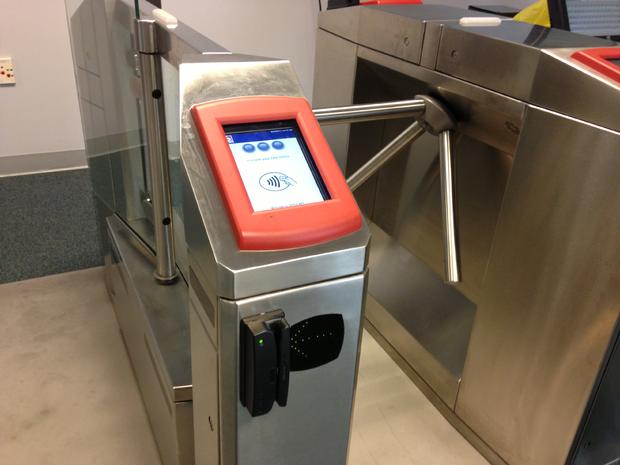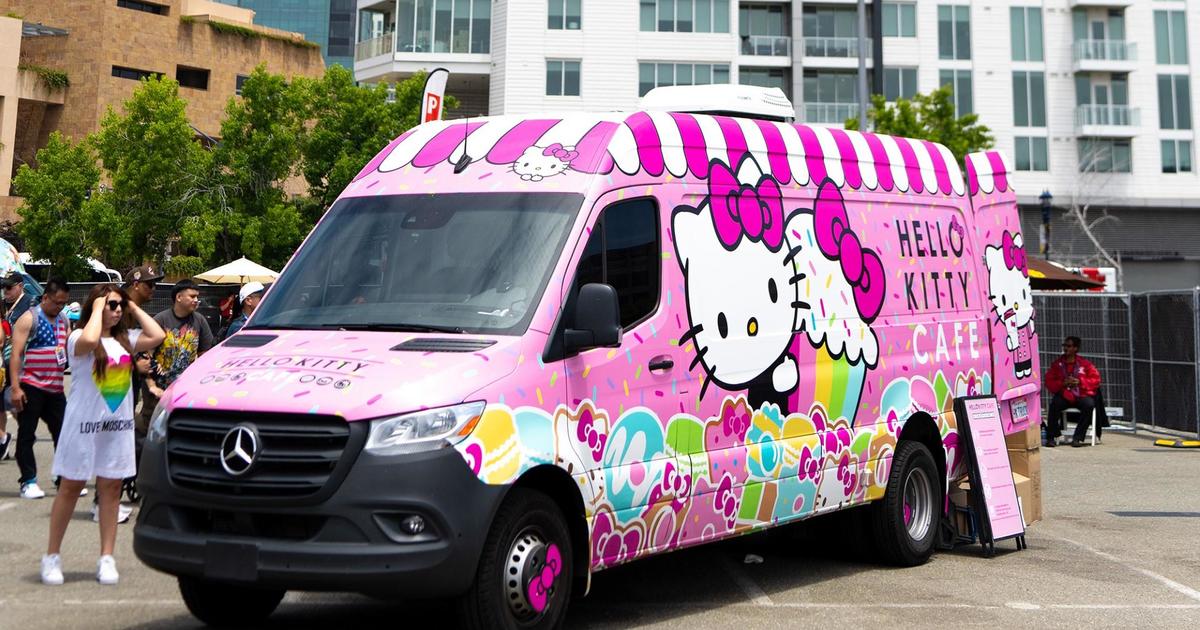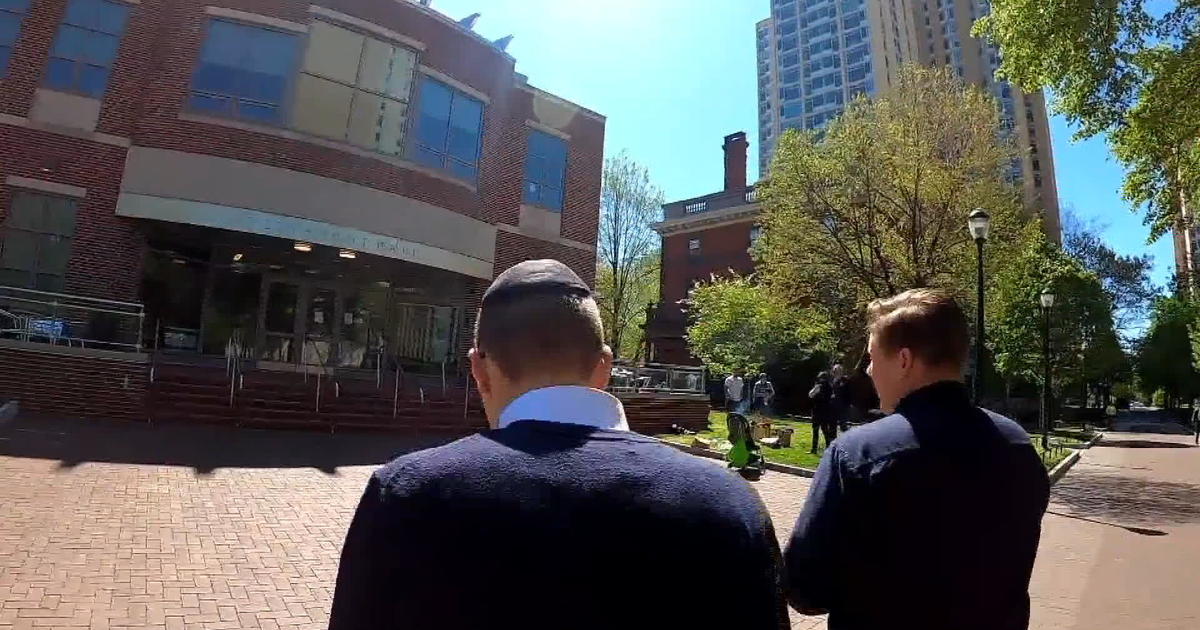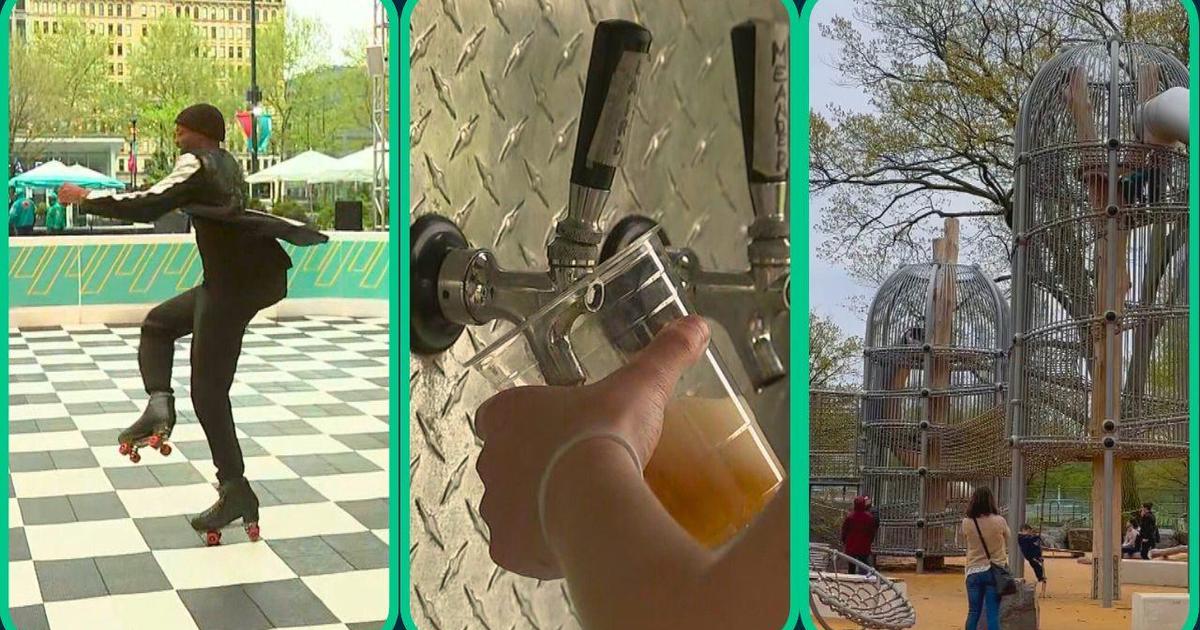SEPTA Plans Real-World Test Of Long-Awaited Fare Collection System Upgrade
by KYW technology editor Ian Bush
By this fall, SEPTA riders should begin to see evidence that the transit agency is making progress on finally pulling its fare collection system into the modern age. So what will it look like?
Whether you're boarding a bus, train, or subway...
(Validator beeps, "Present your fare media")
Your main interaction will be with a screen -- think a large smartphone -- that SEPTA calls a Validator.
"It's going to be a convenient, contactless, hopefully as little cash as possible system," says Leslie Hickman, SEPTA's deputy chief officer for new payment technologies integration. "It makes it easier for customers to board our equipment, get on our stations, and to purchase fares, because people won't be fumbling for cash."
Contactless technology uses radio-frequency identification (RFID) to transmit information. With the Validator, riders will wave a payment card that can be tied to a SEPTA account (an online "wallet") to gain access to the system, with card data stored on the agency's computer servers.
Transit officials also demonstrated how a smartphone enabled with near-field communication (NFC) technology could be used as a ticket.
"You can purchase a SEPTA-branded card, a non-SEPTA-branded card -- like in a grocery store, and add value to it," says Hickman. "You can buy a single trip from our fare kiosks that we'll be installing in our stations. You can use cash on board if there's a fare box, but we prefer you not to use cash, because the best value is to prepay. It can be any gift card that's contactless and you can set up a wallet on there and you can tap and get on."
On Regional Rail, you'll "tap in" to start a trip at the platform.
"They will be at points that customers traditionally enter," explains Hickman. "You tap on, which says, 'I'm ready to go somewhere.' When you get to a Center City station, you tap to get off to close the trip, and go through the turnstile."
Those turnstiles will be installed as exit gates at Temple University, Market East, Suburban, 30th Street, and University City Stations.
But what about when the 9-5ers and schoolkids pour off the trains? Hickman says those new gates won't act as a speed bump.
"There will be lots of exit turnstiles," she says. "There will be SEPTA employees -- when we launch this system, they'll be at the gate to assist. Their role is going to change, they're going to emerge from the booth and be able to have conversations with customers without that piece of glass between them."
The contactless cards also can be used to pay for parking in SEPTA's lots. And because the system is "open," the cards can be used for a debit swipe -- for, say, coffee and a newspaper.
Gerald Kane, SEPTA's senior project manager for new payment technologies, says no other city except Chicago is investing in the "open" model for a transit fare collection system.
"The motivation to move in this direction is that the existing SEPTA fare collection system is beyond its useful life," he says. "So we had to decide, if we had a clean slate -- which we have -- in which technology direction would we go."
On buses and trolleys, the Validators will be installed on the existing fare boxes.
The screens will be installed on Market-Frankford Line and Broad Street Line turnstiles, which also will be outfitted with magnetic strip readers.
"Single-use cards would be available on the subway," says Hickman. "So if you're at 13th Street, for example, and you wanted to purchase a single trip -- we call it a Quick Trip. You'd put your money in the machine, and it would give you a card that would have a stripe reader on it. You'd go to the subway turnstile, and you'd swipe it through."
Registering your fare card with SEPTA brings benefits, Hickman promises.
"If you establish a pattern with SEPTA, and you register your card and forget to tap out [waving your card over the Validator to 'end' your Regional Rail trip at the destination], we wouldn't charge you the maximum [fare for zone travel]; we'd charge you what you've shown us all along you've used," Hickman explains. "But the key is registering and establishing a pattern with us."
The first test of the $200 million upgrade -- a $129.5 million contract with Xerox subsidiary ACS, and companion projects including exit gate construction, farebox upgrades, and the laying of fiber optic lines -- is expected in October, when SEPTA and Xerox workers will try Validators installed in five transit stations and on 100 buses.
By April 2014, SEPTA says the project will be live on buses, trolleys, and subways.
Regional Rail roll out is expected in the fall of 2014.
But Kane says don't toss out those tokens and tickets:
"We'll still accept tokens, but toward 2015, we'll stop selling the old media."




